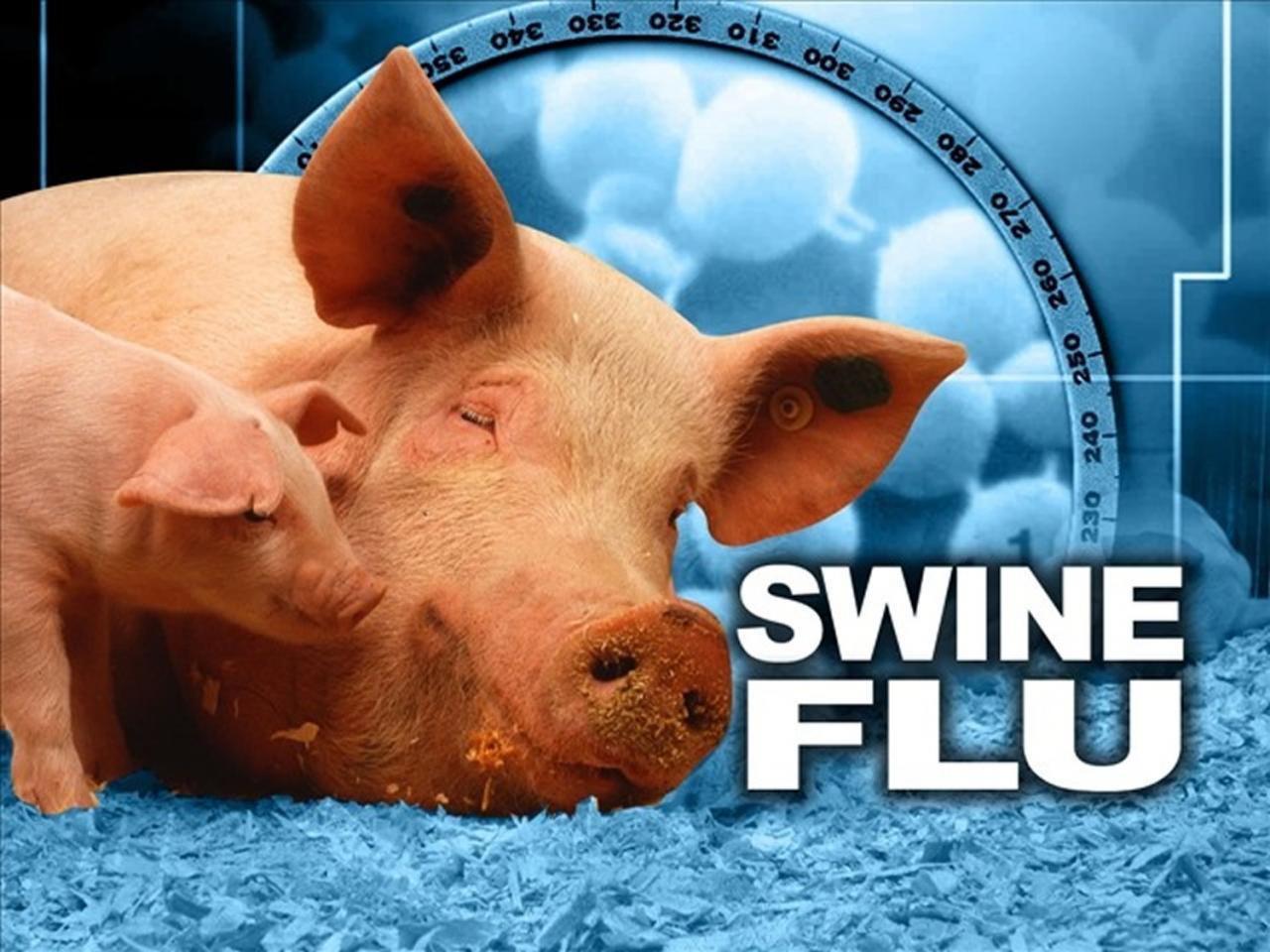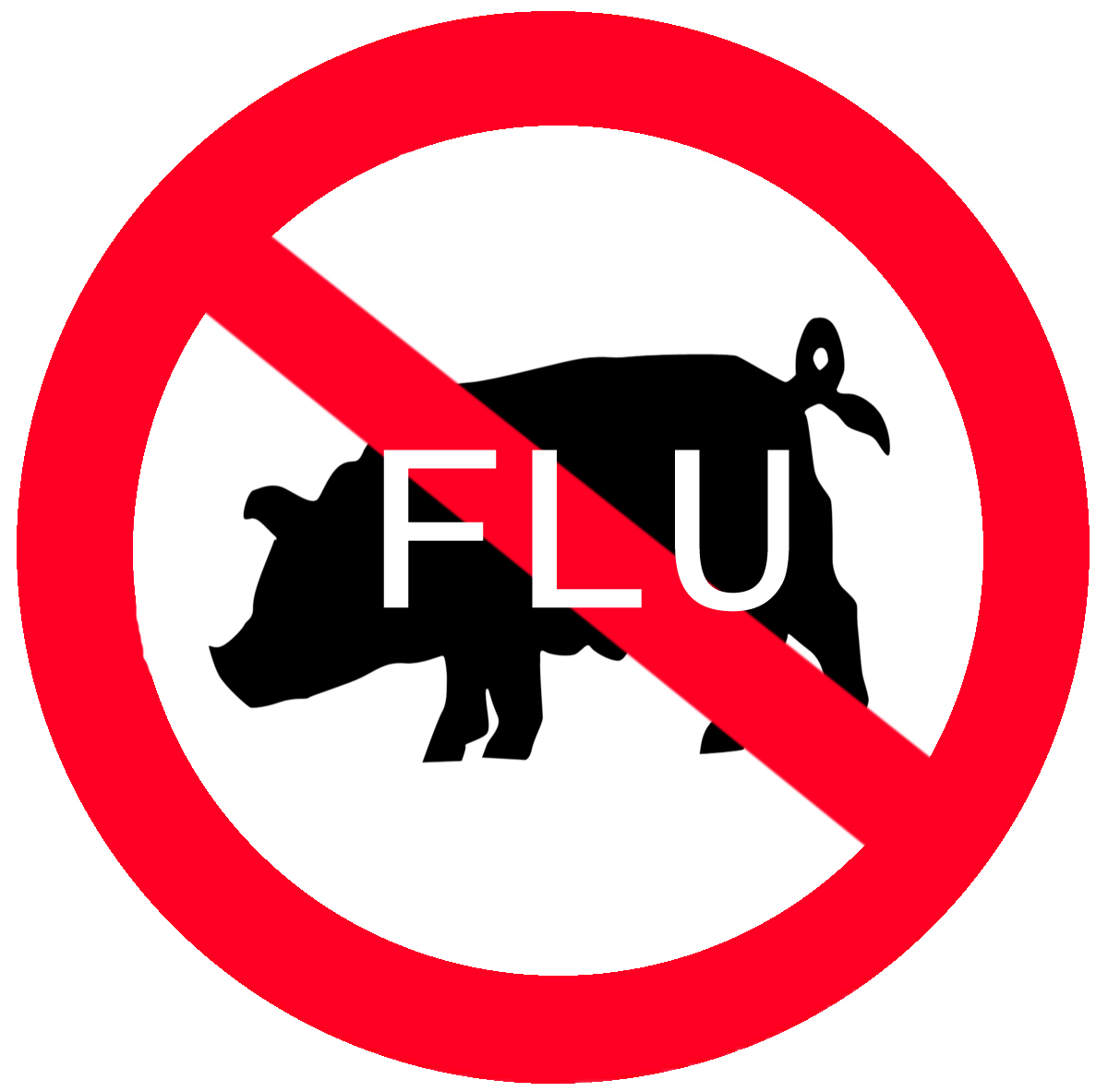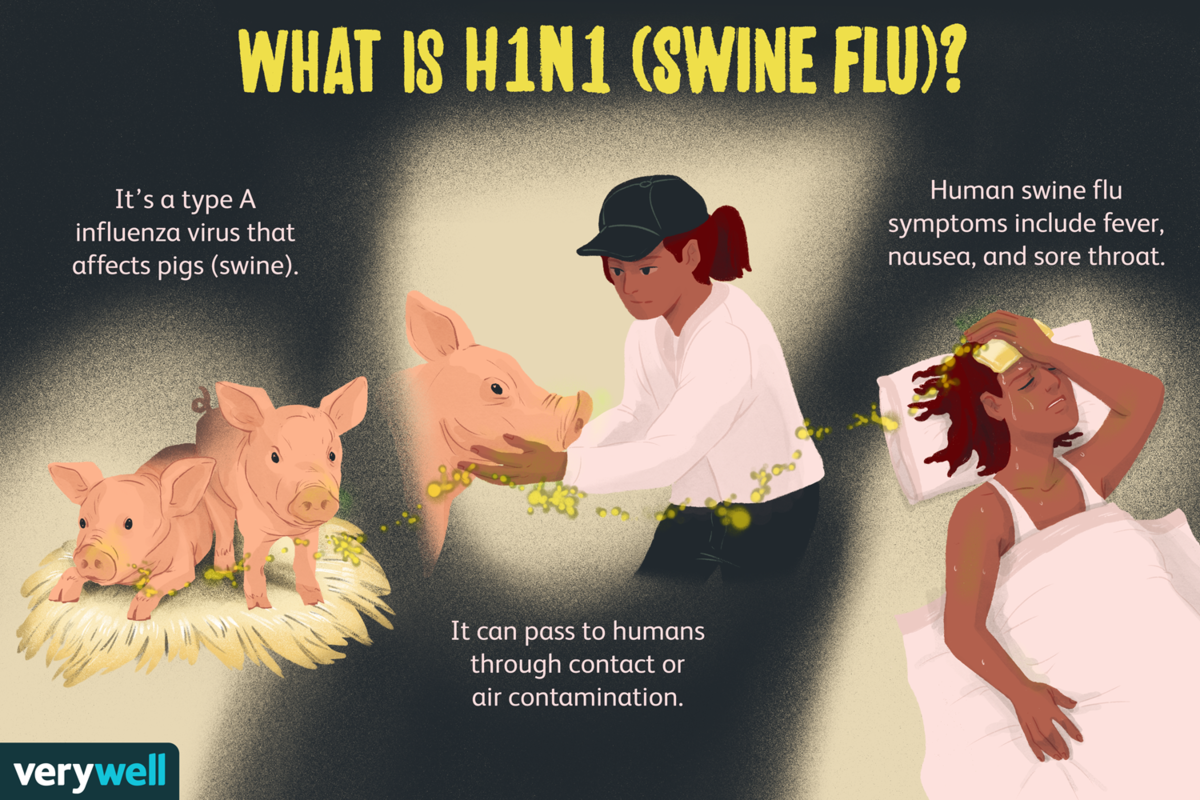
Swine flu, a highly contagious respiratory illness, has sparked global concern. This article delves into the intricacies of swine flu, exploring its transmission, symptoms, diagnosis, treatment, prevention, and epidemiology, providing a comprehensive understanding of this prevalent health issue.
The content of the second paragraph that provides descriptive and clear information about the topic.
Transmission
Swine flu is primarily transmitted through respiratory droplets and direct contact with infected individuals or contaminated surfaces. Respiratory droplets are released into the air when an infected person coughs, sneezes, or talks. These droplets can then be inhaled by others or land on surfaces, where the virus can survive for several hours.
High-risk activities that can facilitate transmission include close contact with infected individuals, sharing personal items, touching contaminated surfaces, and attending crowded events where respiratory droplets can easily spread.
Symptoms

Symptoms of swine flu typically develop within 1-4 days of exposure to the virus and can range from mild to severe. Mild symptoms include fever, chills, muscle aches, headache, fatigue, and sore throat.
More severe symptoms can include difficulty breathing, shortness of breath, chest pain, nausea, vomiting, and diarrhea. In severe cases, swine flu can lead to pneumonia, respiratory failure, and even death.
Diagnosis

Swine flu is diagnosed through laboratory tests, such as viral culture or PCR (polymerase chain reaction). These tests detect the presence of the virus in respiratory secretions, such as nasal swabs or sputum.
Early diagnosis is crucial for effective treatment and to prevent complications. If you suspect you may have swine flu, it is important to seek medical attention promptly.
Treatment: Swine Flu
Treatment for swine flu typically involves antiviral medications, such as Tamiflu or Relenza, which are most effective when started within the first 48 hours of symptom onset.
Supportive care is also important, including rest, hydration, and pain relievers. In severe cases, hospitalization may be necessary for respiratory support or other intensive care.
Prevention

Effective preventive measures against swine flu include:
- Vaccination
- Hand hygiene
- Respiratory etiquette (covering coughs and sneezes)
- Avoiding contact with infected individuals
Vaccination is the most effective way to prevent swine flu. The vaccine is safe and well-tolerated and is recommended for individuals at high risk of infection, such as healthcare workers, people with chronic health conditions, and pregnant women.
Epidemiology

Swine flu is a global disease with outbreaks occurring in various parts of the world. The virus is transmitted through contact with infected pigs or pigs that have been infected with the virus.
Factors that contribute to outbreaks include animal-human interactions, seasonal variations, and the emergence of new strains of the virus. Swine flu can have a significant impact on public health and the economy, causing widespread illness, hospitalizations, and even deaths.
Ultimate Conclusion

In conclusion, swine flu remains a significant public health concern, requiring vigilance and proactive measures. Vaccination, hand hygiene, and respiratory etiquette are crucial preventive steps. Early diagnosis and prompt treatment can mitigate complications and ensure a favorable prognosis. Understanding swine flu empowers individuals to protect themselves and contribute to global health.





